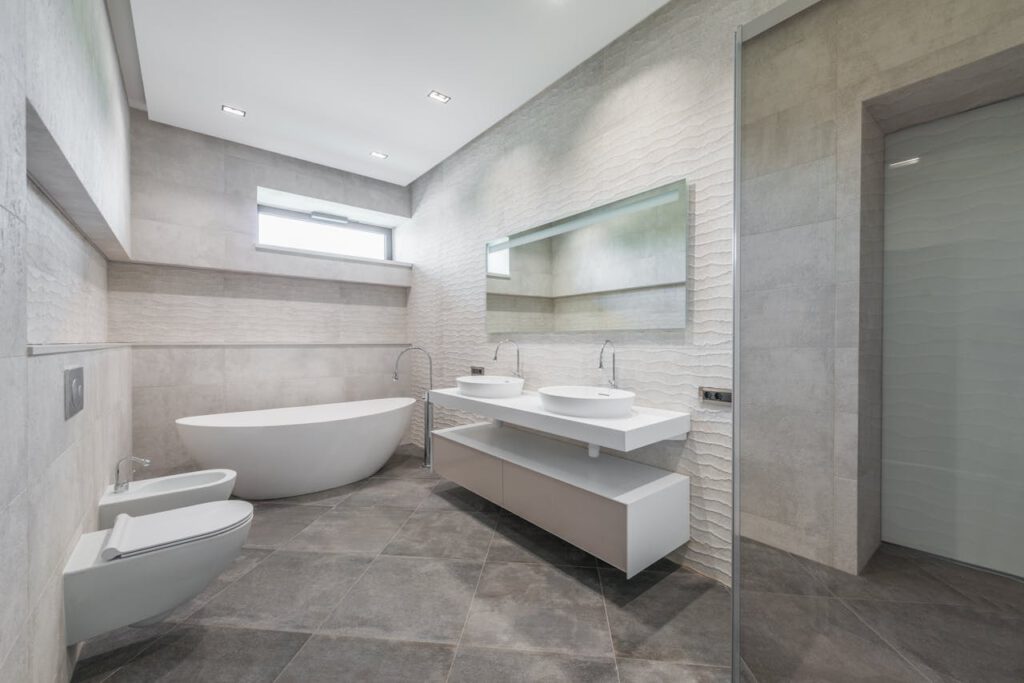Would you want scratches on your car while having it parked, get eye strain with your DIY jobs, or spend hours locating your belongings in the gloom? No, right?
Then you can’t compromise on your garage lighting whether you use it as a parking space, workshop, or storage spot.
Follow the guidelines below and have the best lighting for your garage in just 3 steps!
Step 1: Go Beyond Overhead Lighting
Most of us settle for simple overhead fixtures. But this doesn’t cut it for optimal garage lighting.
Ideally, you should explore three different light forms—ambient, task, and accent:
Ambient lighting – the primary source of light that scatters through the space evenly, creating a soft overall effect.
Task lighting – creating a more focused beam pattern and enhanced visibility, works best for detail-oriented work.
Accent lighting – draws attention to specific spots and is used for decorative purposes. Skip this one unless you have something to showcase.
Step 2: Determine Your Light Requirements
The Illuminating Engineering Society (IES) recommends a light output of 50 lumens per square foot for a residential garage. Multiply it with your total area (in feet squared) to get your lighting requirements.
Take note that this figure applies to ambient lighting; your work areas would call for much greater intensity.
As a rule of thumb, hitting about 300 lumens per square foot for task lighting should be good enough.
Step 3: Select the Right Number of Bulbs
Once you have your total lumens, you should be using a lumens-to-watt chart to determine the power and quantity of bulbs.
You might be able to meet your requirements with just one light bulb. But it comes down to what type of lighting you’re employing it under.
Ambient lighting, for instance, would be better off with multiple bulbs, spaced evenly at appropriate locations. Whereas, the convergent nature of task lighting may complement a few (or just one) light sources placed closely.
Popular Choices for Garage Lights
Shop Lights
Type: Ambient and Task
Due to their simplicity and practicality, these are the most common ceiling lights for garages. They’re installed side-by-side in a metal housing, and since they’re daisy-chained, you can adjust their height for the right spread.
Recessed Lights
Type: Ambient and Task
Unlike shop lights, recessed lights fit into the ceiling, not taking up space in the room. This means, we’re not having dangling chains this time around. However, the aesthetics come at the cost of a more diffused pattern.
Flush Mount Lights
Type: Accent
More decorative than shop lights and more dispersed than recessed light, these dome-shaped fixtures protrude from the ceiling.
Rope and Strip Lights
Type: Accent and Task
Not so strong for general lighting, rope and strip lighting can be used to outline your workbench, light up dark corners, or line a striking entrance.
Have Professionals Illuminate your Garage
Now that you know the right lighting choices for your home’s extension, leave the rest in the hands of professionals. Not only is the installation process tedious and tiring, but it also poses a risk of getting an electric shock.
So, sit back and contact electric contractors in NYC today for a safe lighting transformation of your garage.
